With Eramis, the Shipstealer, breaking out of her icy prison and prepared to take on some interstellar piracy, Destiny 2 players had high hopes for Season of Plunder. Surfing off the enthusiasm from the Lightfall showcase, the game’s 18th season promised swashbuckling, looting, shooting, and ketchloads of treasure.
Over three months after its debut, though, Season of Plunder is on thin ice. The season has been agonizing for weeks, causing a temporary player exodus that brought some of Destiny 2’s lowest-recorded player counts on Steam.
Destiny 2 is far from dead, with expansions and seasons still planned for its bright future. End-of-season dips in the player count are a common part of Destiny 2 and the player count will skyrocket when new content is released.
Keeping the season innovative for months is a common challenge, but Plunder had a bigger hill to climb due to a litany of fundamental flaws—both from the season itself and the staleness of the seasonal model. Season of Plunder wasn’t a complete failure or beyond salvaging. But the cards were stacked against it from the start, and saving it would take more than the remains of a Disciple of the Witness.
For Ketch and Crew
With two repeatable activities to choose from, Season of Plunder’s biggest failure was relying on the wrong pick. The riveting Ketchcrash deserved its time in the sun, but the anemic Expeditions taking the seat of honor rapidly wore out Plunder’s welcome. Whether you wanted gear, lore, or simply enjoyment, the payoff for slogging through Expeditions just wasn’t there, for the most part—not a good sign for the season’s most important activity.
Ketchcrash perfectly embodied the pirate fantasy by having players hurl themselves into an enemy ship and fight through different rooms, blasting their way alongside some crewmates until they got to the final boss.
Expeditions, on the other hand, felt closer to two public events spliced together. They didn’t have enough depth or variety to be the main seasonal activity for over three months, and the forgettable weekly Pirate Hideouts were just as shallow. With Expeditions at the helm, Season of Plunder stood on a shaky foundation even before Eramis got out of the ice.
Expeditions also penalized title-seeking players who were too efficient. Ruffians, an enemy required for the seasonal title, wouldn’t spawn if guardians were too fast. If you wanted a shot at seeing a Ruffian, you’d have to slow down or outright sabotage your team, hurling Treasure like a Starfire Protocol Warlock chucks Fusion Grenades.
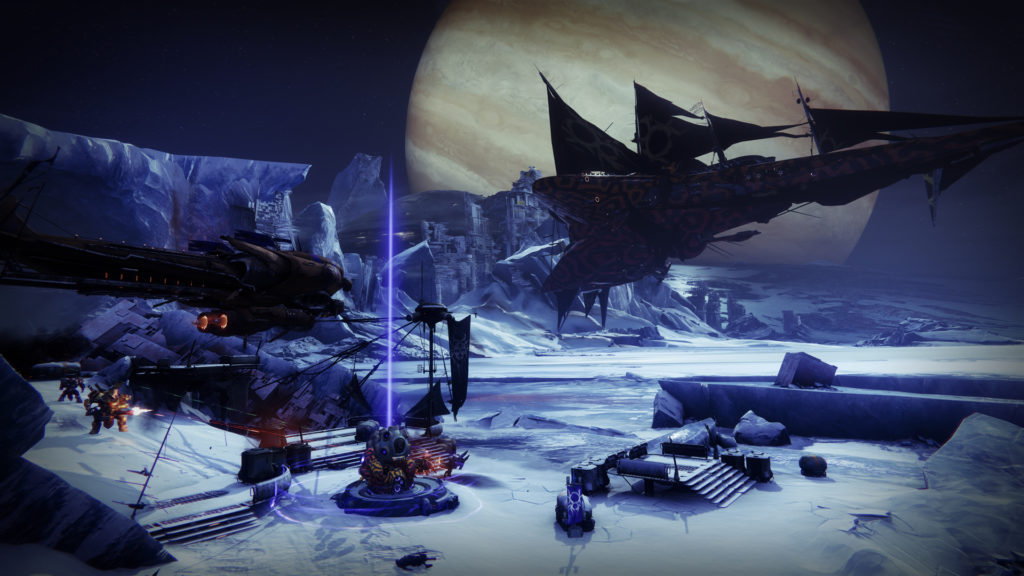
For an activity that focused on looting treasure, rewards from Expeditions were too inconsistent. Some of the Treasure Maps barely had meaningful uses, and Plunder didn’t bring a built-in way to guarantee a choice of Deepsight weapons—unlike the two seasons before it. Removing that beneficial feature helped foster a sentiment that Bungie was moving the goalposts and artificially cranking the grind up to 11, requiring more effort for a smaller payoff. Having a slew of non-retroactive seasonal challenges didn’t help, either.
Bungie addressed some of the issues around halfway into the season, guaranteeing a choice of Deepsight and preventing Ruffians from despawning in a patch in week seven. Once that wasn’t enough, Bungie also slashed the requirements for the seasonal title. By the time the first batch of fixes shipped, though, the damage was already done.
The Curse of Nezarec
Though the misplaced focus on Expeditions cost Plunder dearly, the approach to the seasonal story also helped alienate players—especially after discovering where the story led.
The narrative focused on the Eliksni, with Eramis on the Witness’ side and House Light (and the Spider) allied with the Vanguard and the Last City. The clash between the Witness and the Vanguard took the backseat to exposition on the Eliksni, from Eido’s curiosity, to Spider’s past, and to Mithrax’s guilt.
While the seasonal story showed us invaluable character development for Kells, Shipstealers, morally ambiguous power brokers, and Scribes, it was largely self-contained. When it ended with a swordfight between Mithrax and Eramis, it was also missing a grand payoff, expected to be saved for the end of Plunder. But when that conclusion came almost two months later, players were left scratching their heads.
In the end-of-season cinematic, Mithrax brews a tea from Nezarec’s remains and uses it to wake Osiris. The Warlock has been in a comatose state since Savathûn was exorcised from his body in Season of the Lost, and now that he’s back, he can access some of the Witch Queen’s memories. It’s a vital plot point for the future of Destiny, but it comes at the expense of Season of Plunder’s story.
Osiris’ reanimation came out of left field. Season of Plunder largely focused on Eido, Mithrax, Spider, and Eramis. Osiris was mentioned sparsely throughout the season, sometimes in post-mission dialogue. Despite the heartwarming end, awakening Osiris as the ultimate development of the story feels disorienting, as if a story beat was transplanted into a different narrative.
Waking up Osiris is inarguably a major development for the future, but it’s largely disconnected from the major beats fans observed week over week in Plunder. Despite being laden with meaning and subtext, the plot device—distilling Nezarec into a hot cup of tea—is outlandish at first glance, even if guardians have turned gods into guns before. Seeing eight weeks of hard work and relic-gathering (and almost as many of waiting) culminate into such a detached story can be stupefying.
Outside help: Festival of the Lost, Arc 3.0, and King’s Fall
Plunder had some outside help coming from both Festival of the Lost and the Eliksni Quarter community event, but even those didn’t help its case too much.
The Halloween-themed event was essentially a carbon copy of last year’s event with few new features layered upon an extra dose of monetization and grinding in a season already known for being too grindy. The Eliksni Quarter ended up falling victim to the same seasonal loop, though it doubled as the unknowing end to the major story beat and set the stage for Osiris’ awakening.
Despite its flaws, though, Season of Plunder wasn’t entirely a lost season. In addition to the marvelous Ketchcrash, Plunder also gave us the powerful Arc 3.0, the last of the Light-based subclass reworks. It also remastered the King’s Fall raid, one of the most epic and critically acclaimed moments in the Destiny franchise, bringing some of the best weapon combinations in the game—and both were free for all players. Telesto also gained temporary sentience in an unexpected event that left players scratching their heads (in a good way) for a few days.
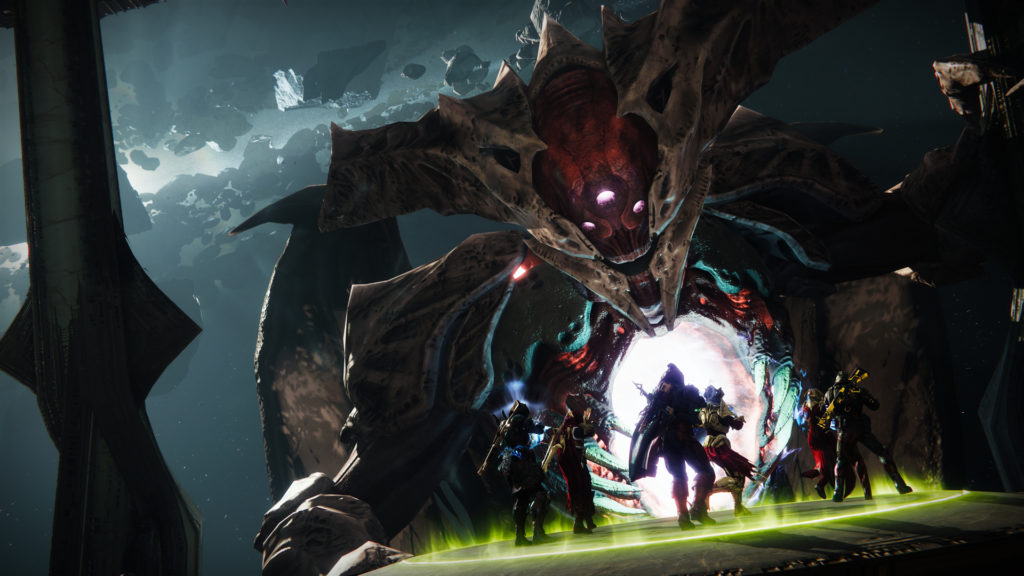
Granted, Arc 3.0 and King’s Fall could have been released in a different season without changing most of the issues with Plunder. Bungie allocated development time to shipping, monitoring, and fixing both the Arc rework and the raid, though. Assigning their release to Season of Plunder meant developers likely had to take some of those resources from the season.
How Bungie could salvage Season of Plunder and save future seasons
Season of Plunder’s failures don’t lie in a single spot. Expeditions carry a big share of the flaws for Plunder, but they’re not the single guilty party. The final story reveal—Osiris’ awakening—being largely separate from the core story beat brewed confusion, especially when the seasonal story itself developed slowly and largely focused on elements outside the grand payoff.
Promoting Ketchcrash to the star of Season of Plunder would also help mitigate the fatigue from grinding Expeditions. Ketchcrash has more depth and could hold the season for longer, especially if it had more variety.
Despite Expedition’s flaws, having two relatively farmable activities was good for the season’s longevity. Risen’s Vox Obscura and Haunted’s Sever were more rigid due to their role in the story. Since the burden of narrative in Plunder fell to the one-off Pirate Hideouts, players had two different activities to choose from. If done right, leaning into more variety could expand the longevity of future Destiny 2 seasons.
Plunder’s storyline could also benefit from bringing Saint-14 and Osiris closer to the narrative epicenter before the grand reveal. Though self-contained seasons can work, Plunder felt largely insulated from the overarching storyline against the Witness until the final cutscene. Having the expectation of a bigger goal at the end of a season—and building toward that goal—helps make for a more cohesive and alluring journey. Risen and Haunted, for instance, got it perfectly right by bringing a somewhat clear path but also leaving plenty to the imagination.
In tandem with Plunder’s flaws, Bungie should also take a look at the seasonal model. While its flaws draw less attention in more dynamic and engaging seasons, repeating the Power Level/Artifact grind every three months—with core activities mostly unchanged—is borderline Sisyphean, especially when bringing events that require players to engage with the same activities again. Weaker seasons have to rely more on those activities, exposing the flaws in the system.
While Season of Plunder largely missed the mark on some topics—Expeditions, the disconnect in its story, and excessive grinding—the season could have had a more solid foundation by changing some of its core elements. Arc 3.0 and King’s Fall were undisputed triumphs, but the season’s problems marred the season beyond repair. More importantly, though, Plunder’s failings brought a series of lessons, and Bungie is bound to look at what worked and what didn’t—or risk falling victim to the Curse of Nezarec.


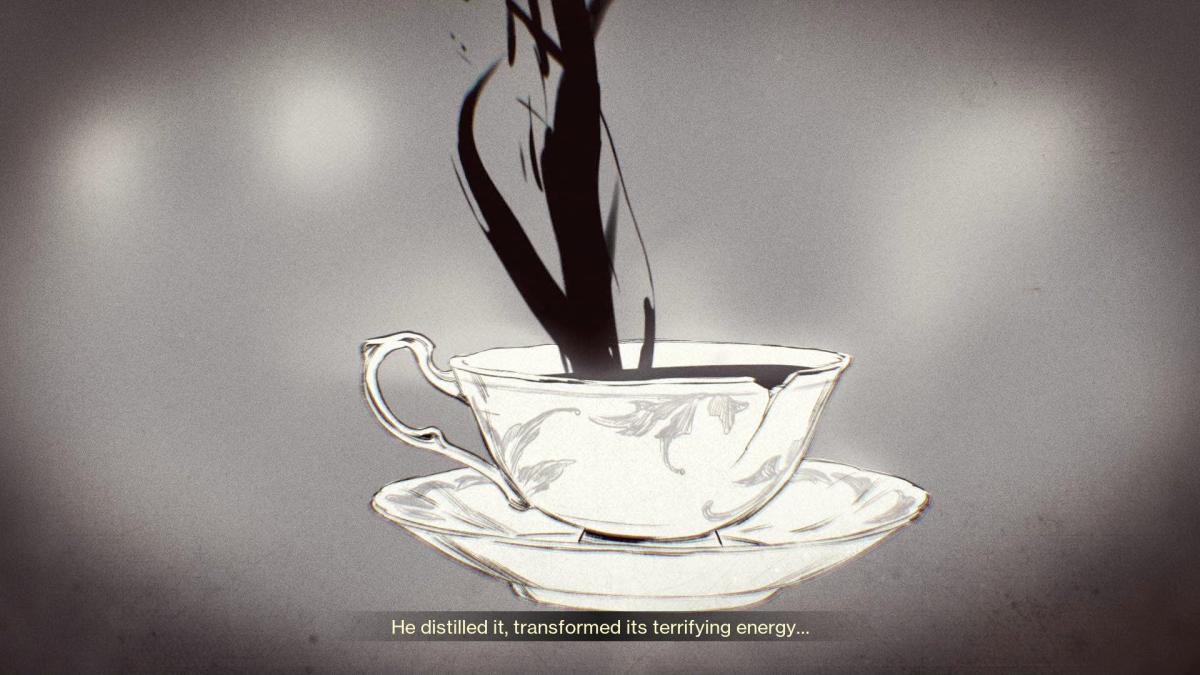

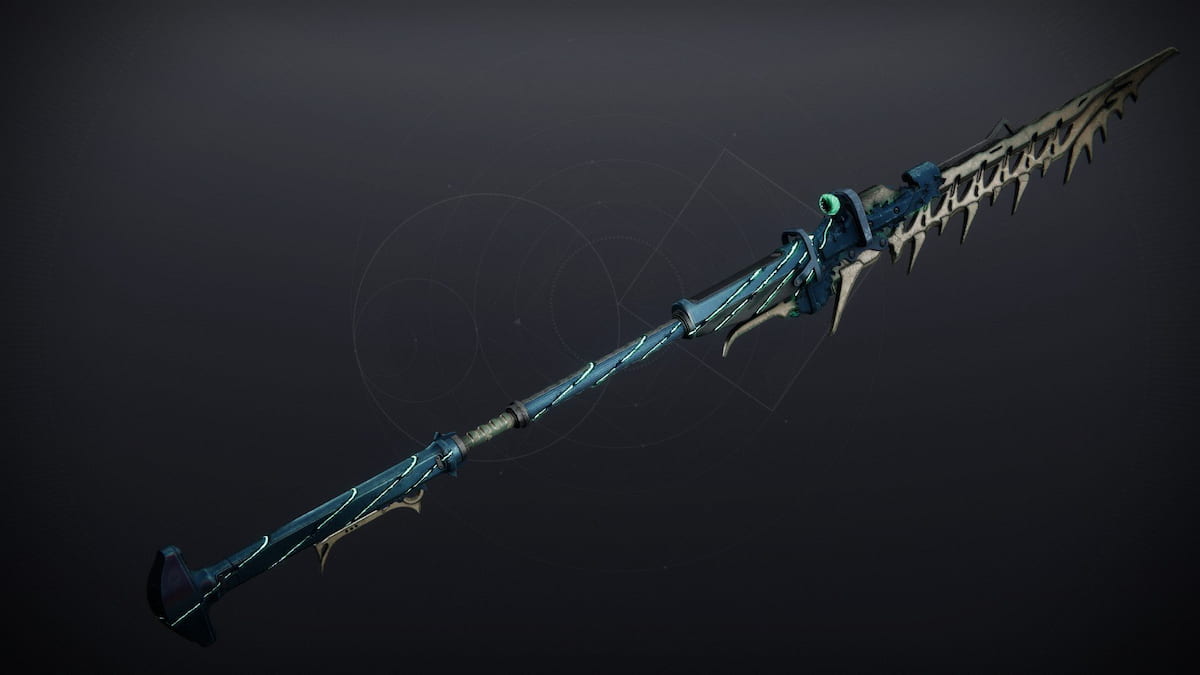
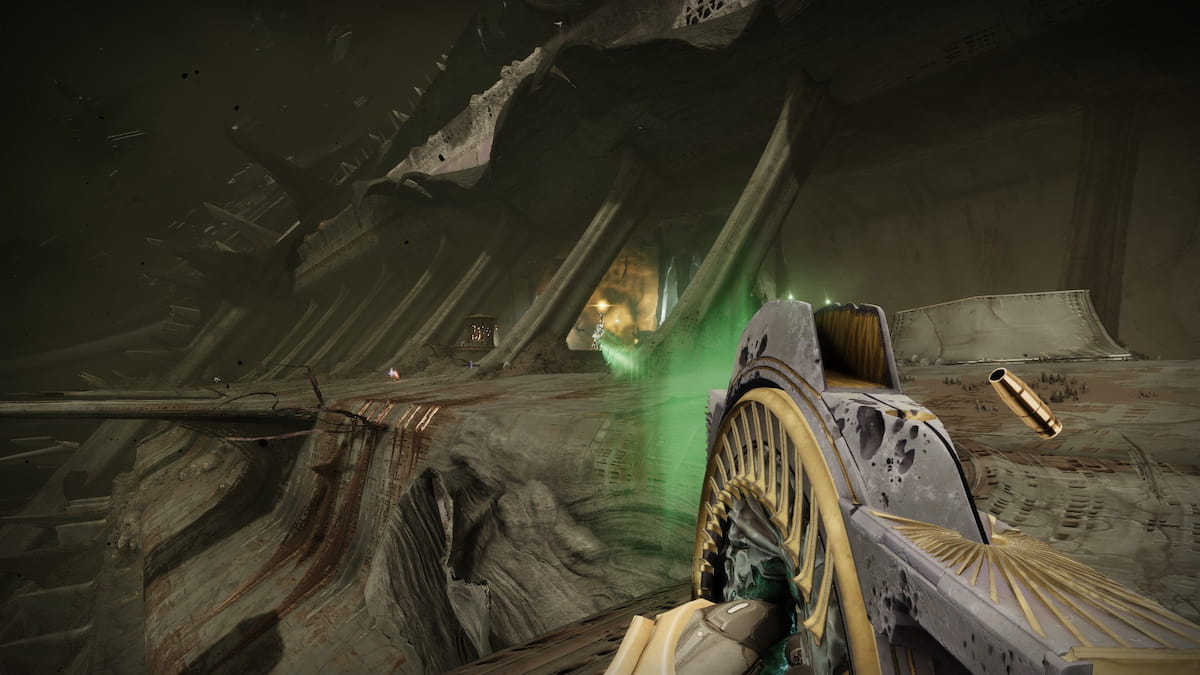
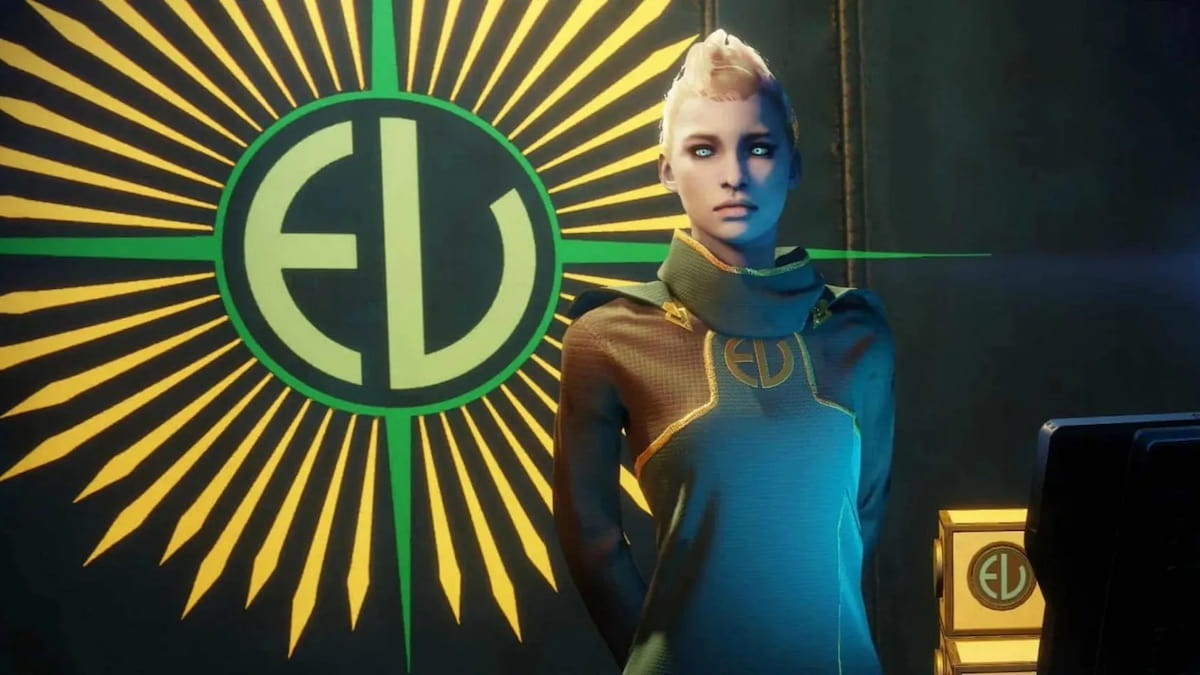
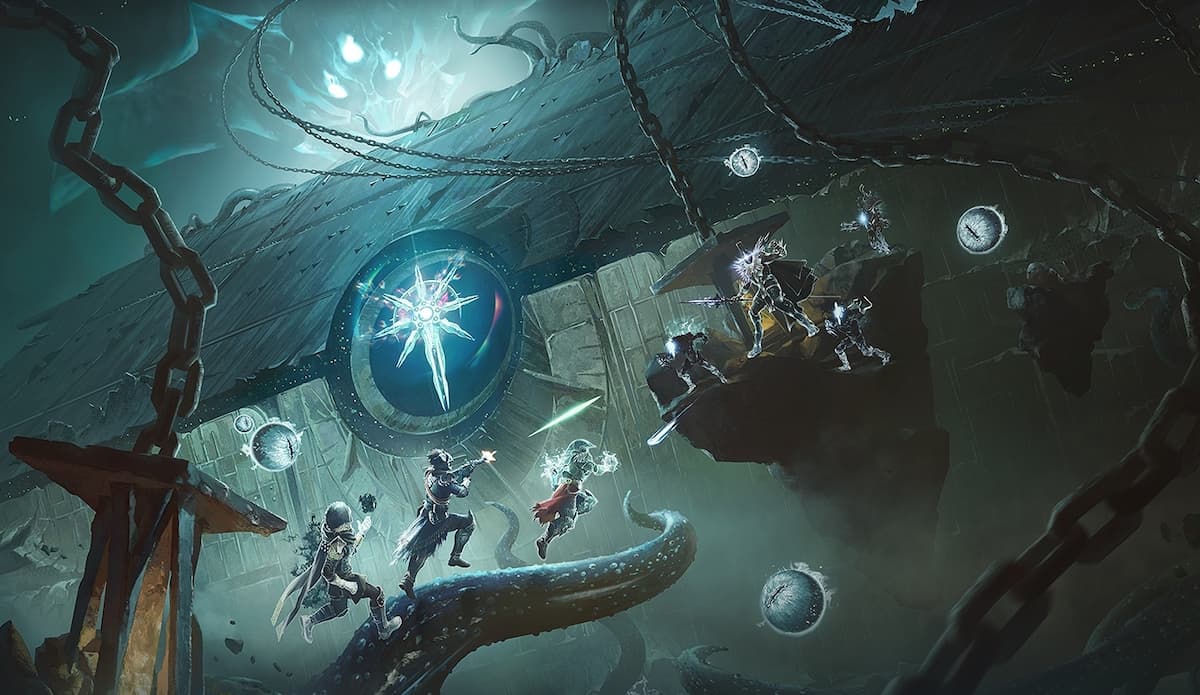

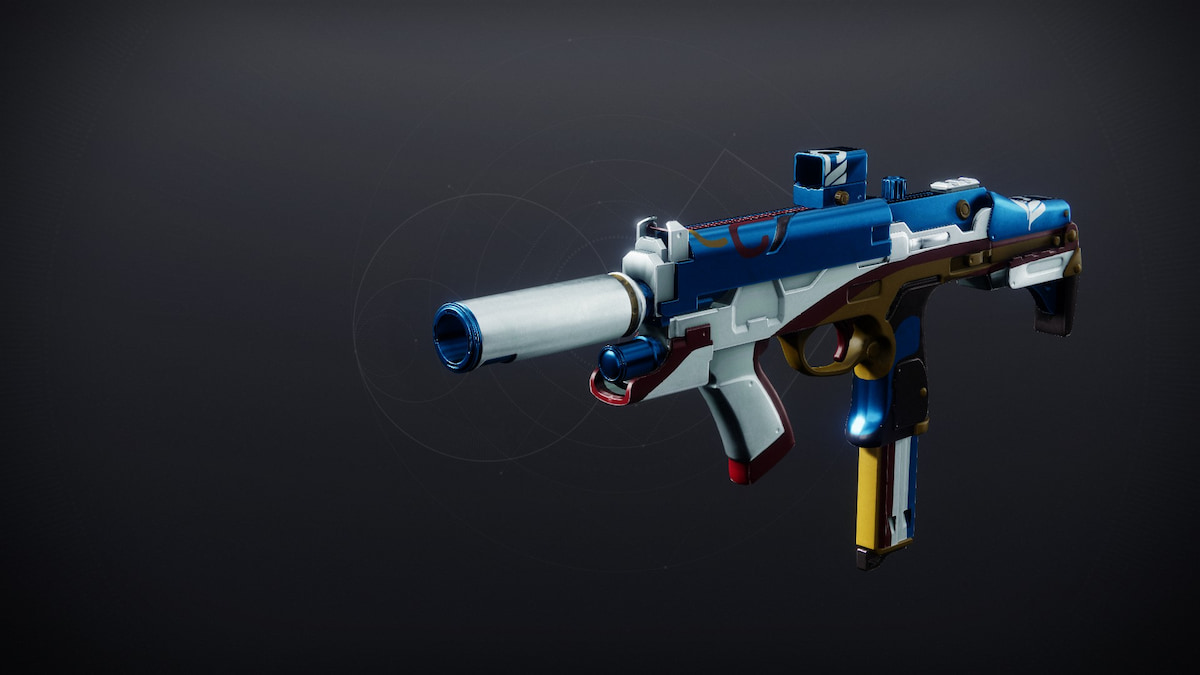
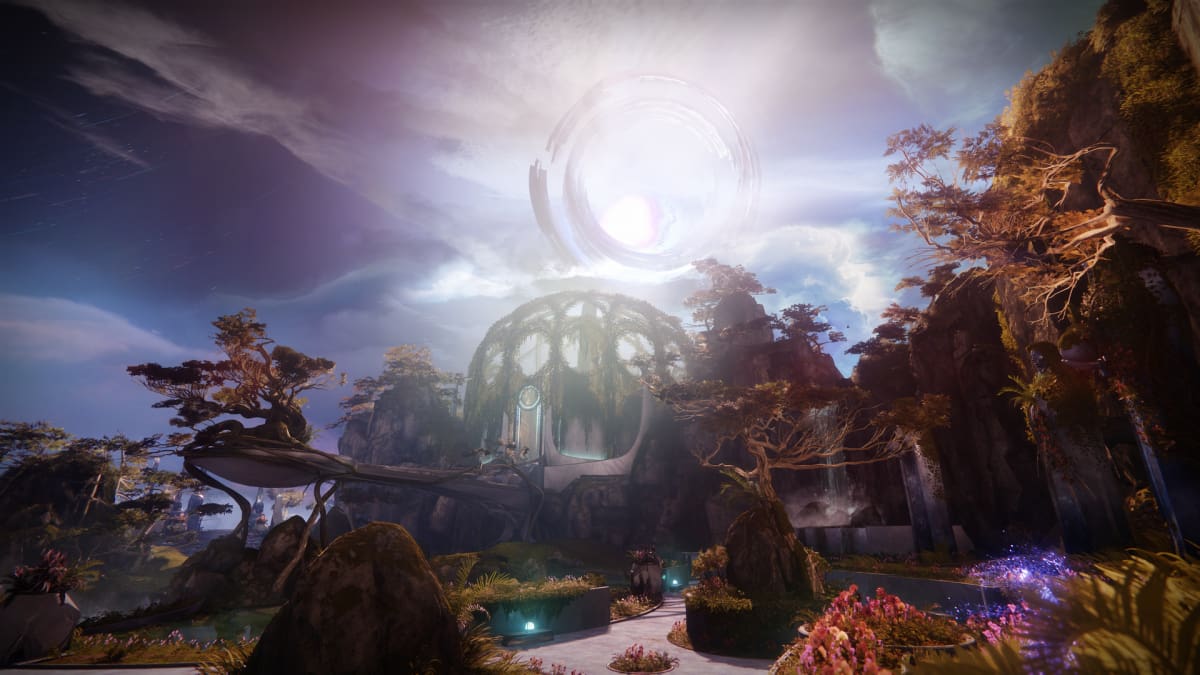

Published: Dec 5, 2022 04:14 pm